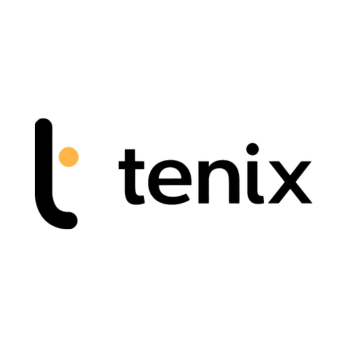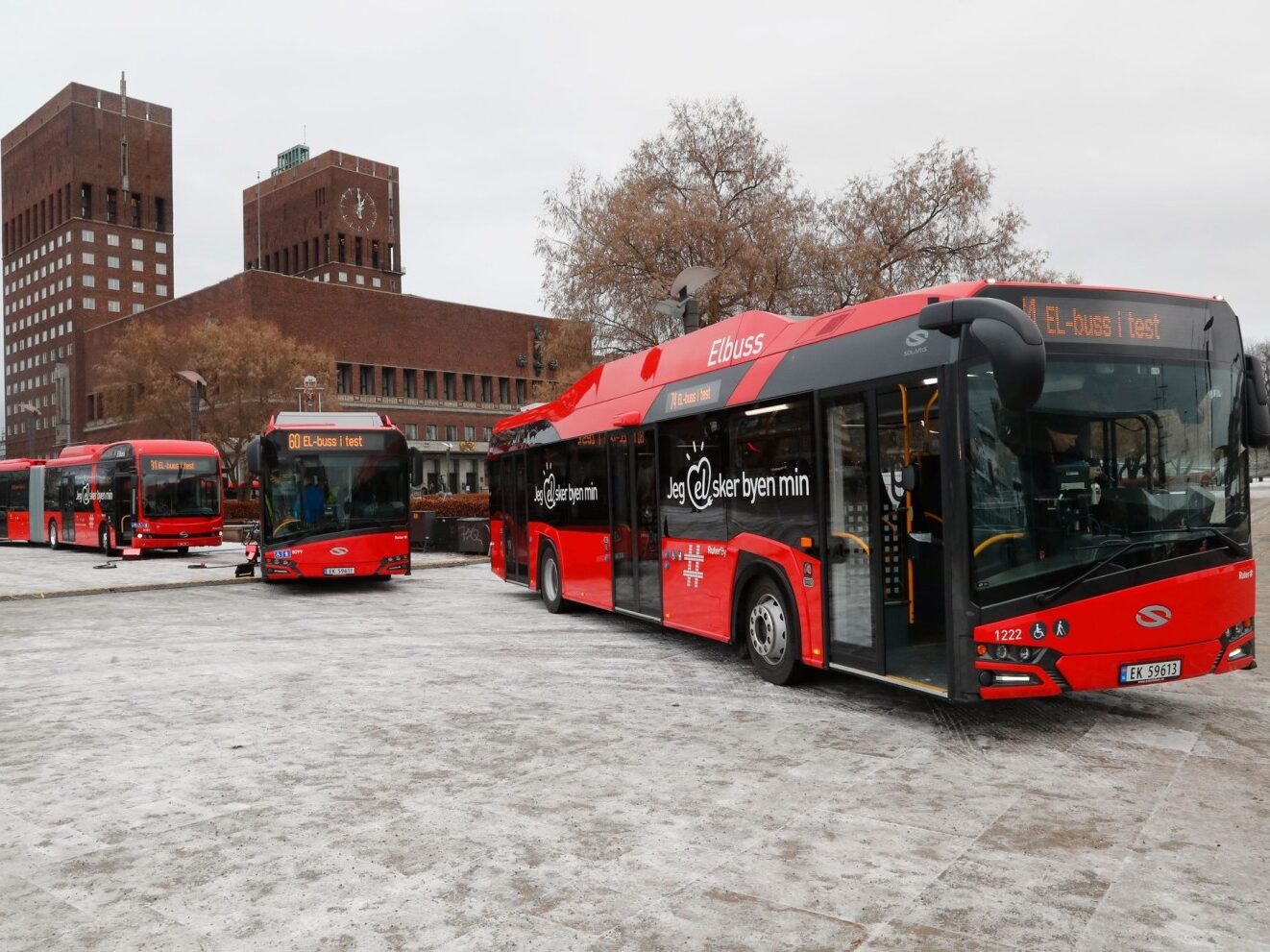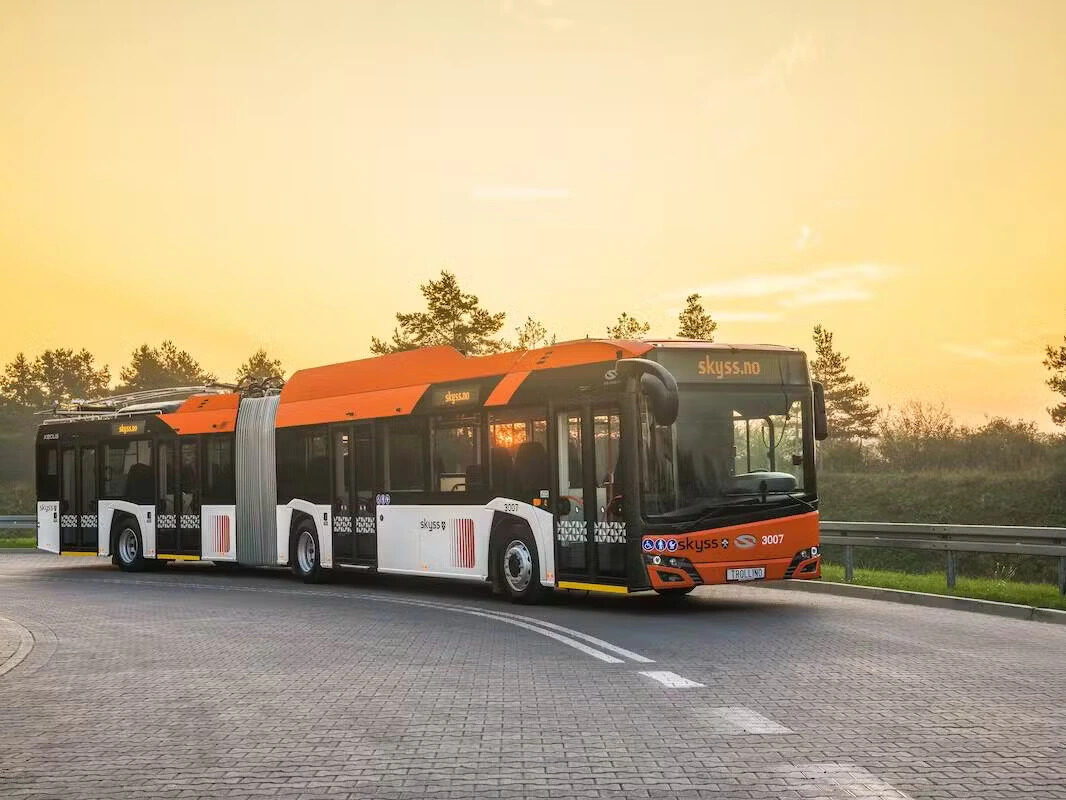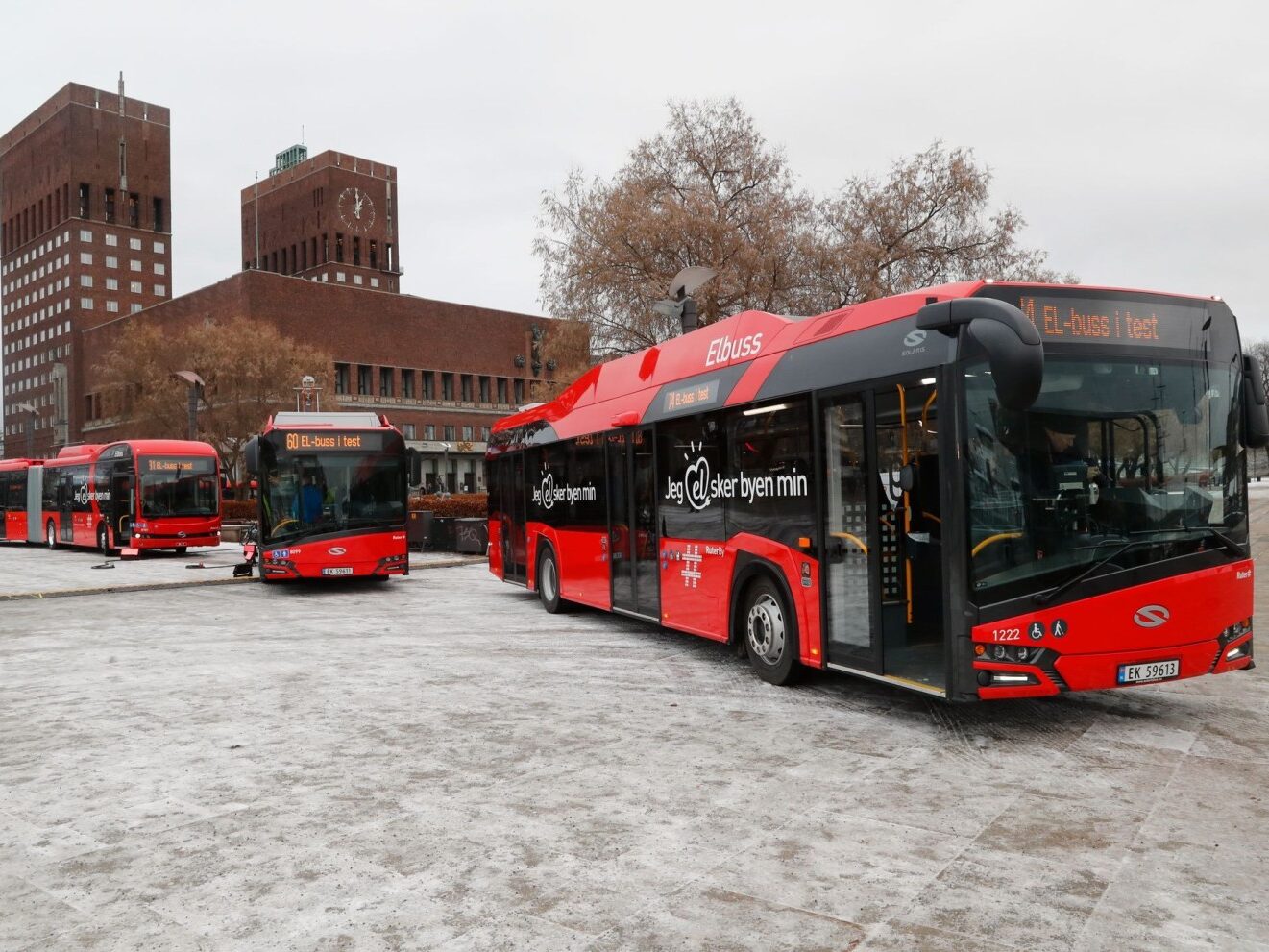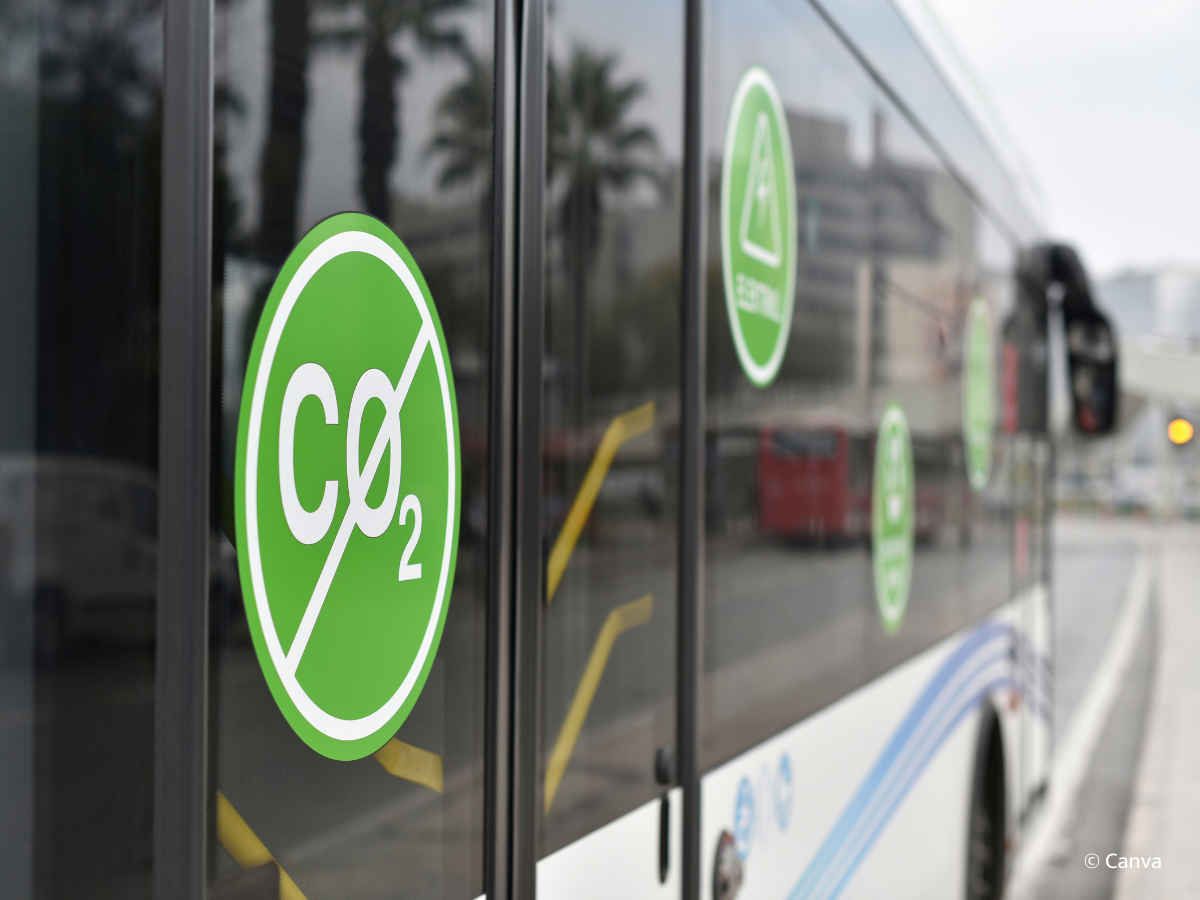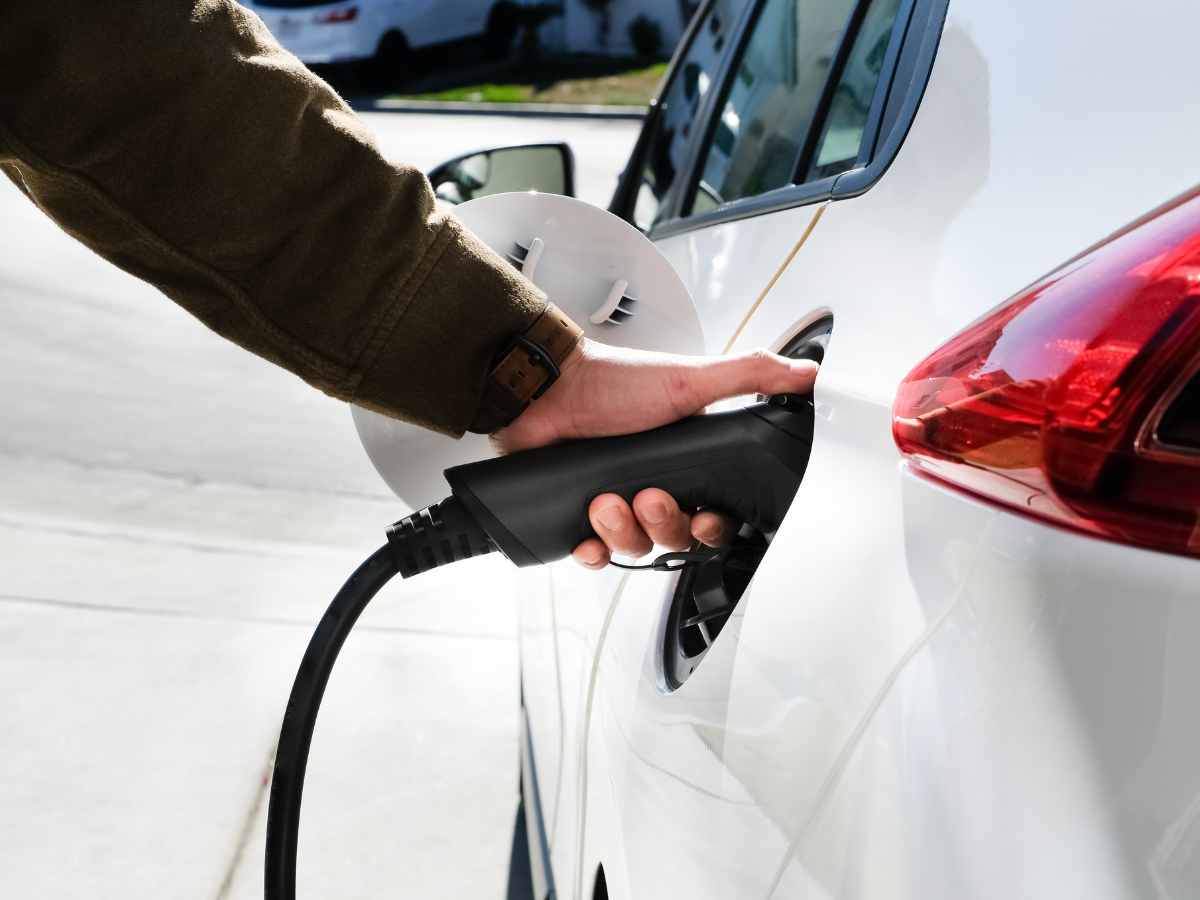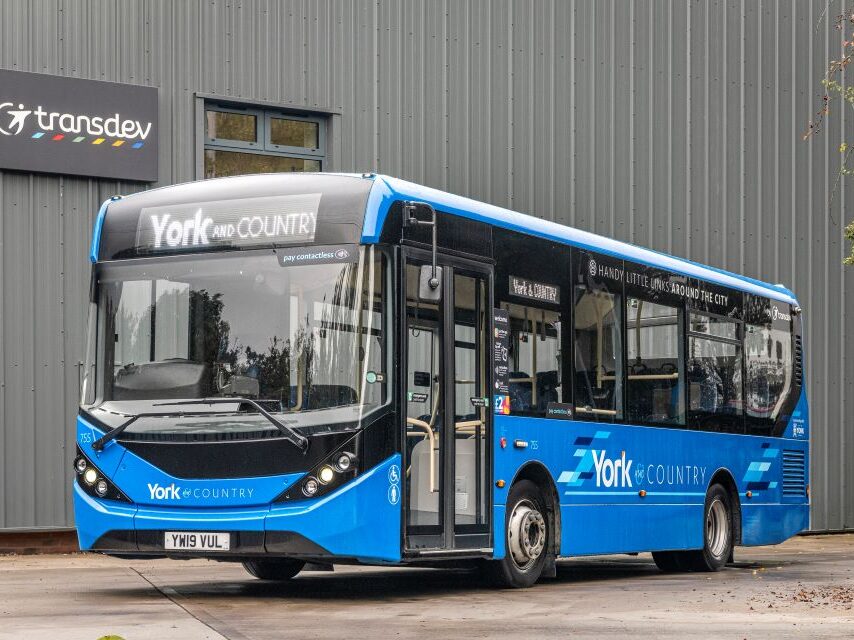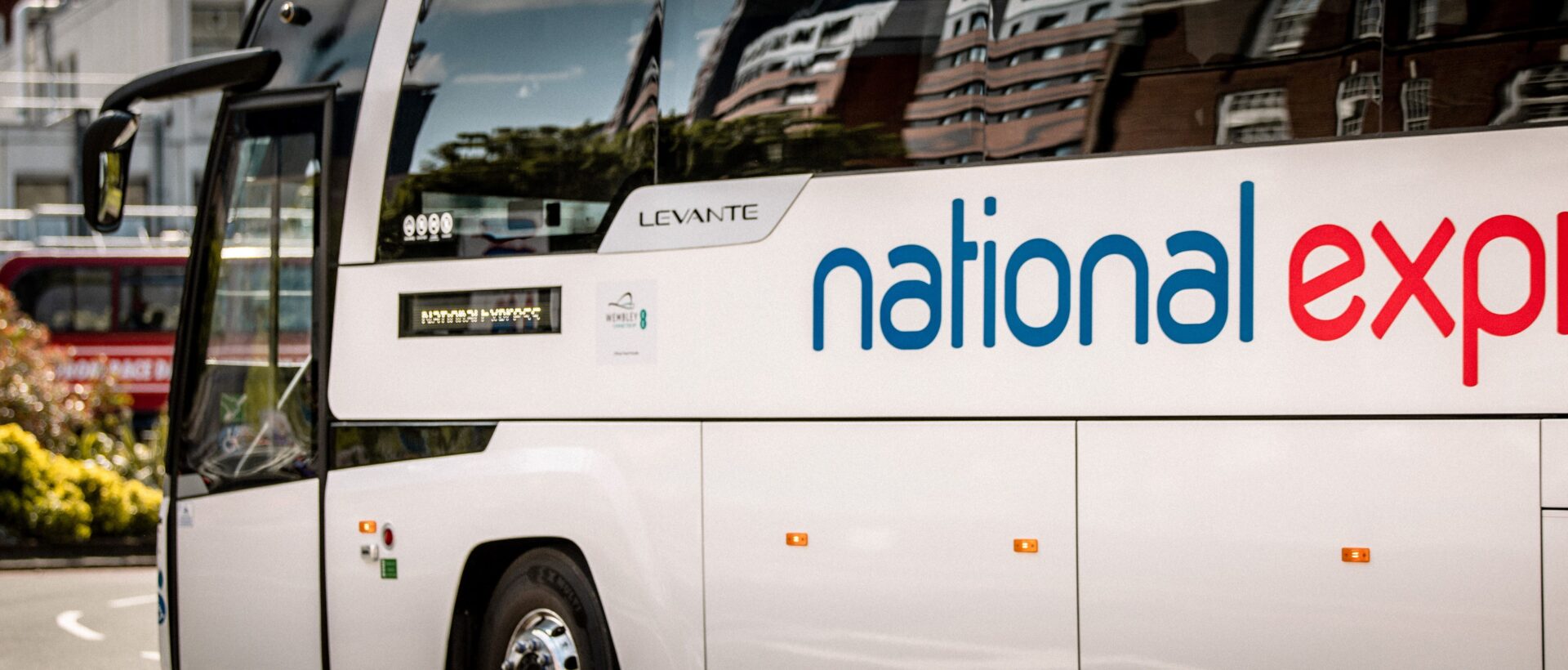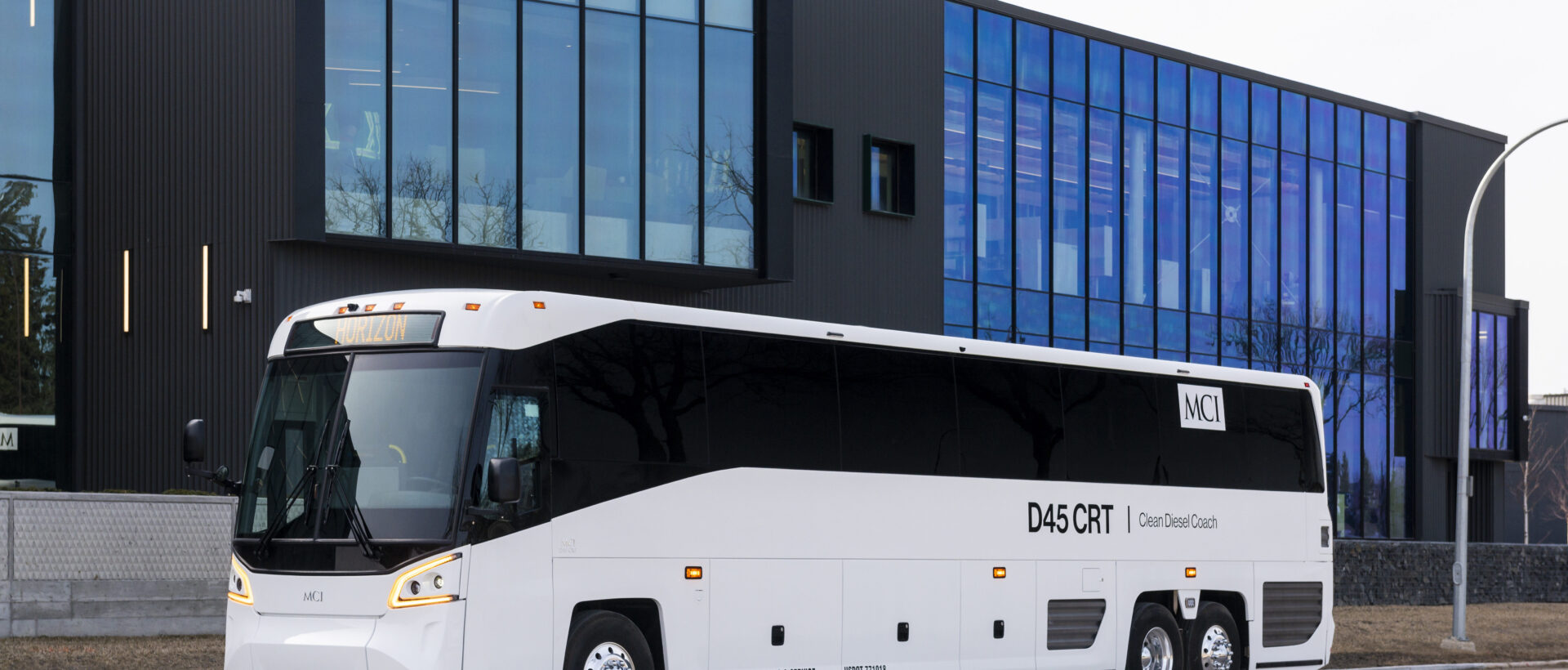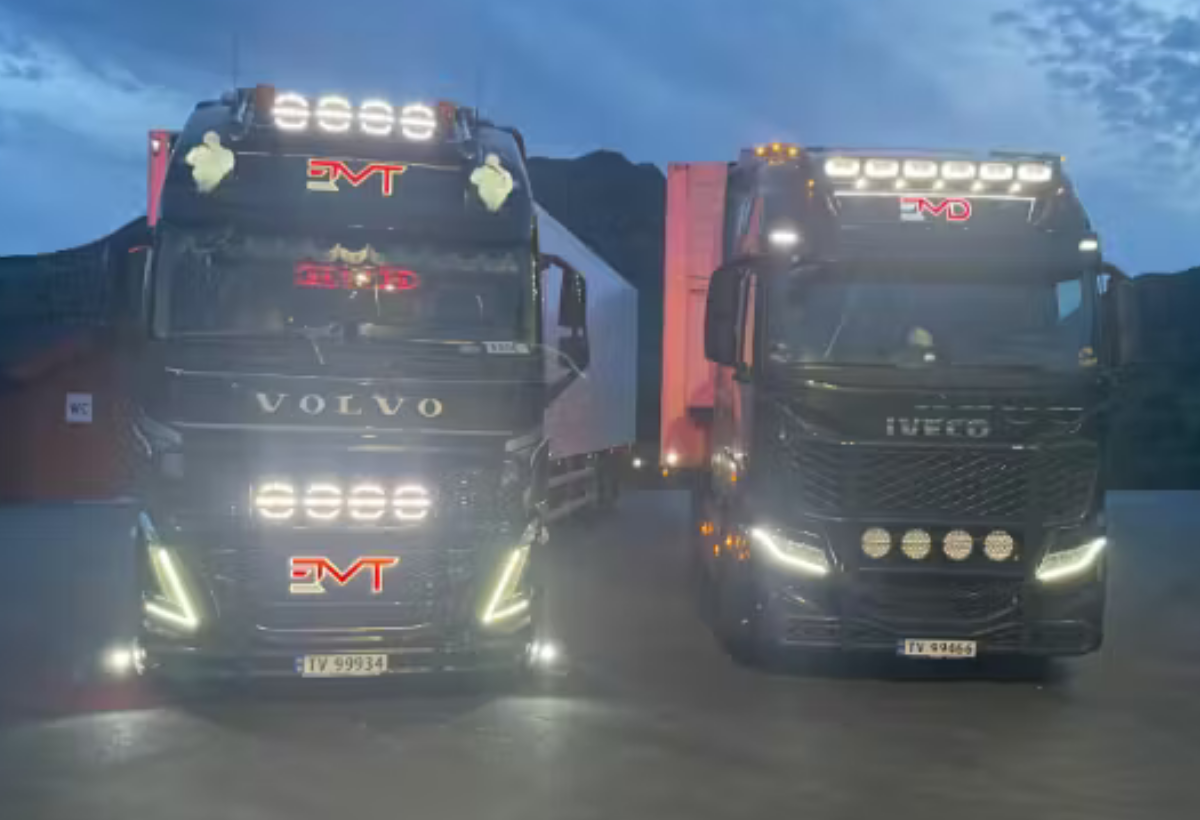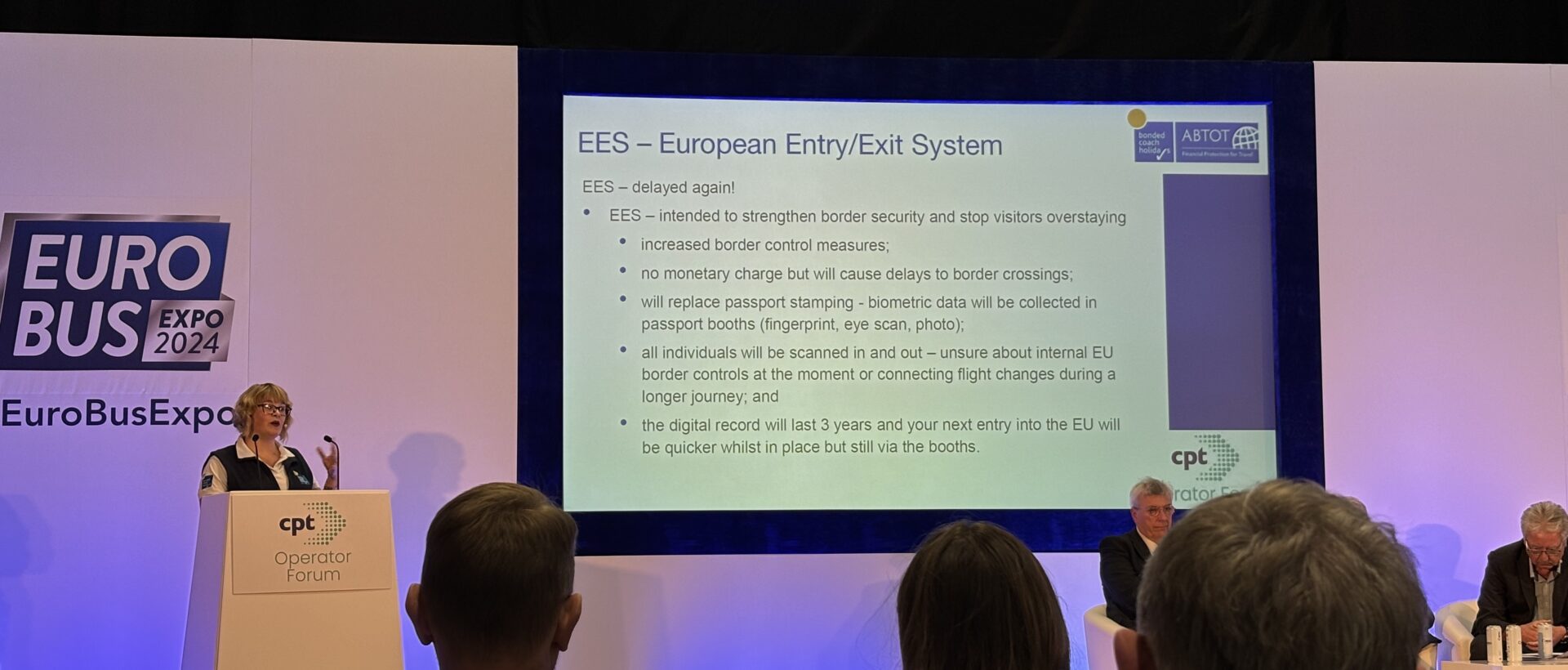AI, Electric Buses & the Art of Smart Charging: How Tenix Leads the Charge
by Torbjørn G. Krøvel, CEO Tenix
Picture a bustling city as dawn breaks: 500-1000 electric buses, each a cornerstone of sustainable public transport, await their morning routes. Behind the scenes, the charging process is anything but ordinary. It’s a masterpiece of precision orchestrated by Tenix CHARGE, an AI-powered system that ensures every bus receives the exact energy it needs—nothing wasted, nothing missed.

At the heart of this innovation lies a Multilayer Perceptron (MLP), a sophisticated neural network trained on data from several hundred thousand trips to optimize charging for real-world conditions. This system doesn’t just manage energy; it transforms how fleets operate.
The Power of AI: How Tenix CHARGE Works
The MLP processes 28 unique parameters to deliver highly accurate charging predictions, with a precision of ±2%. These parameters include:
- Route Topology: Accounting for energy demands on climbs, descents, and flat terrain.
- Speed and Acceleration: Tracking driving patterns for better efficiency modeling.
- Weather Conditions: Factoring in energy consumption variations from snow, rain, or heat.
- Tire Pressure and Vehicle Load: Considering small but significant factors that affect energy use.
- Time of Day and Traffic Patterns: Adapting predictions to the specific challenges of different hours and routes.
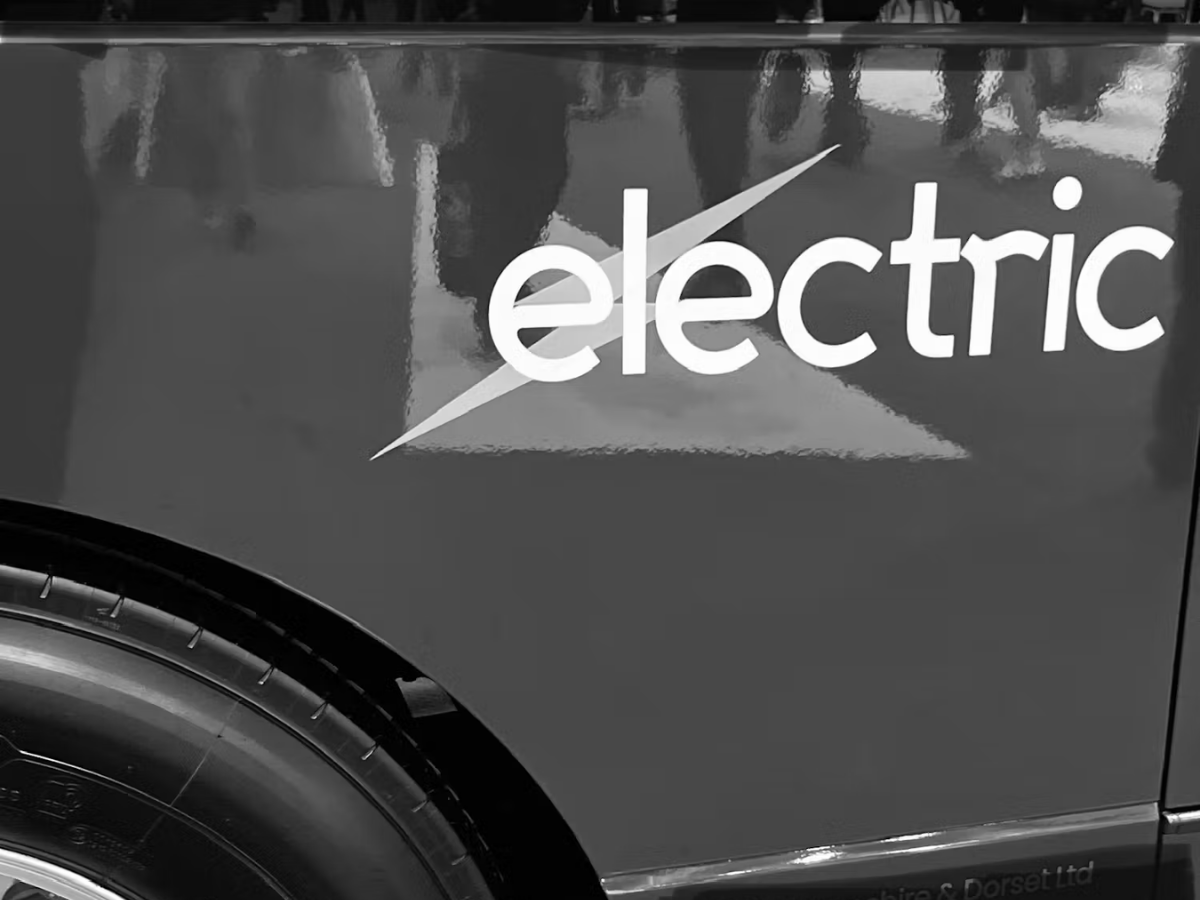
Training the AI Brain
The AI training process involves analyzing historical data from several hundred thousand trips, divided into smaller time windows that reflect energy use at specific moments during a journey. By layering these variables, the neural network learns to predict energy needs with remarkable precision. The result is smarter state-of-charge (SOC) predictions for each bus, ensuring optimal battery utilization without overcharging or wasting energy.
Real-World Impact of Smarter Charging
The real-world impact of Tenix CHARGE is profound. With precise SOC predictions, buses charge only as much as they need for their routes, reducing energy waste and operational costs. By integrating with platforms like Nordpool, charging schedules align with low-cost energy periods, saving operators up to 15% on energy expenses. Smarter charging also enhances fleet efficiency, allowing fewer buses to cover the same routes without compromising performance.
Driving Sustainability with Data
Beyond cost savings, the system contributes significantly to sustainability:
- Reduced CO2 Emissions: 16–27% lower emissions compared to conventional charging methods.
- Extended Battery Life: Smarter charging minimizes wear and tear, reducing the need for replacements.
- Lower Environmental Footprint: Optimized operations mean fewer resources used over time.
Enabling the Future of Electric Mobility
By leveraging cutting-edge AI, Tenix CHARGE transforms electric fleet management into a data-driven science, delivering measurable benefits in cost efficiency, environmental sustainability, and operational precision. This approach underscores the critical role of intelligent software in enabling the widespread adoption of electric fleets, ensuring they remain a cornerstone of sustainable urban mobility.
This article was originally published by Tenix.


